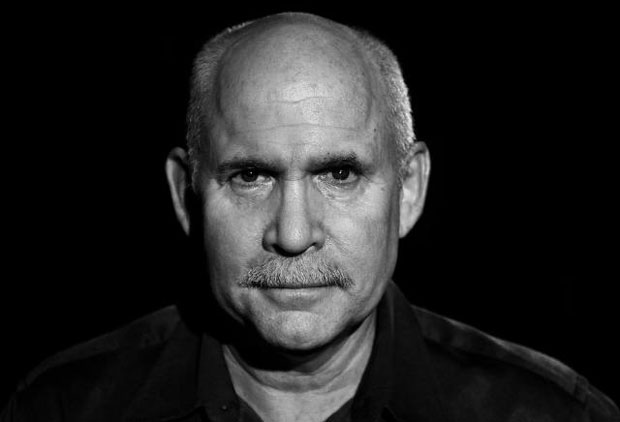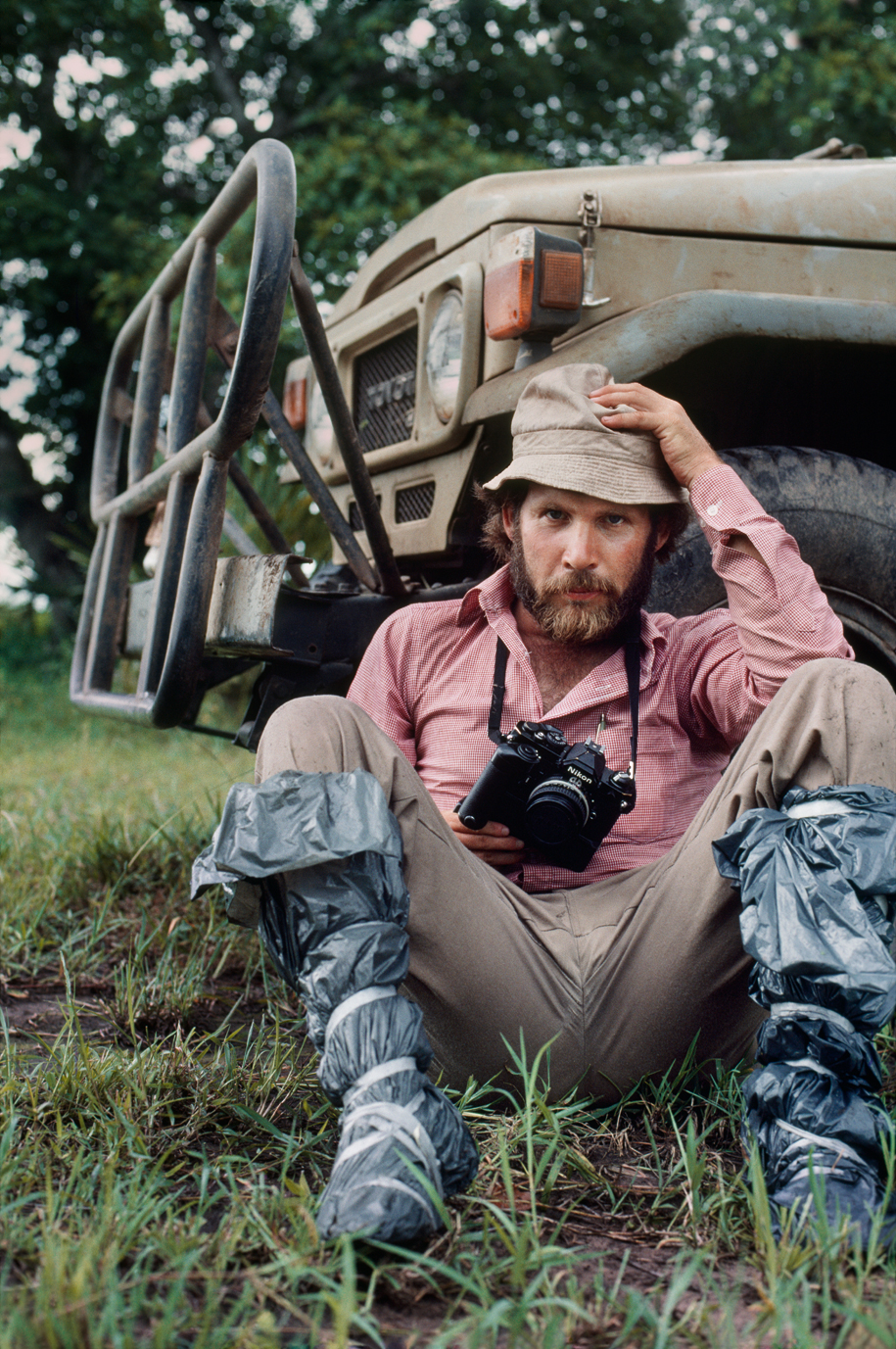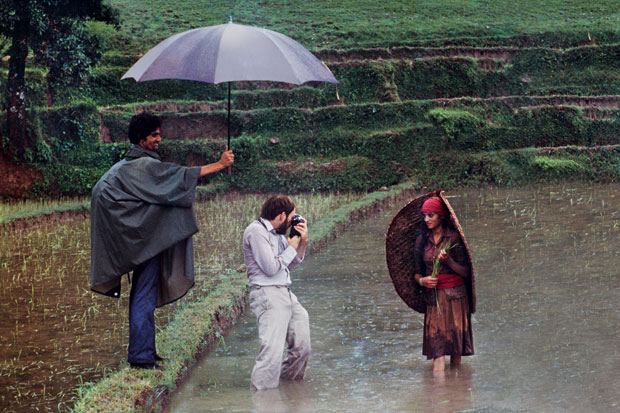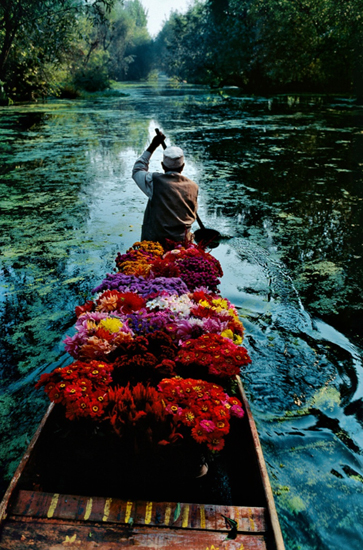
Steve McCurry on photography's globalised challenge
The Magnum photographer says that, from Cleveland to India, the world is beginning to look the same
Steve McCurry, the brilliant Magnum photographer, is forever travelling the globe. So it's probably best to pay attention when he talks about how the world is changing. In an interview with the US website, American Photo, based around his latest book, Untold: The Stories Behind the Photographs, the photographer laments the planet's growing homogeneity.
He explained to the magazine that, when in Atlanta late last year, he went out looking for a high-density neighbourhood, like those found in Brooklyn or Queens, in which to shoot some pictures. "But nobody really walks there," he marveled. "It's like LA. There's virtually no pedestrian traffic unless you're somewhere like Sunset Blvd."
This narrowing of aesthetic diferences is something that Steve has noticed the world over. "When I walk through an airport, I think, 'This is the future.' All airports look the same. They're steel and glass. You walk through a shopping mall in India and it could be in Cleveland. There's almost no difference."

McCurry says that this has come about around the same time that cheap travel and the easing of border restrictions has enabled any documentary photographer to reach almost every corner of the globe.
"There was a time when a few people would venture out into their neighborhood and photograph their town, village, city, or state. Travel was more difficult and sometimes impossible 50 years ago," he recalls. "Now, you can pick a place like Kenya or Brazil or New Zealand and it's relatively affordable to go there. People are going to virtually every corner of the world. The world is changing rapidly.

"Take India for example. People have pretty much seen everything and now you need to dig a bit deeper and do something a little bit more in depth. Everyone has seen the Taj Mahal. What else can be said about one of the most beautiful pieces of architecture in the world? What other comment can be made? How else can it be described? That's the challenge."
Indeed, it's a particular challenge for McCurry, who, in his own words, says he is "fascinated with the cultural uniqueness of a place." He goes on: "What is it that makes Yemen unique? Why would you want to go to Burma if it looked like everywhere else? We go to these places because we want to see how they live. We want to experience the food, music, and architecture. We want to see how they work. We like that difference. We like the unique culture that they have. That difference is what has always fascinated photographers. You're transported to a different place. You want to be inspired."

However, McCurry's spirit and ambitions remain undimmed, as he explains: "The tradition of people like Henri Cartier-Bresson, Andre Kertesz, Dorothea Lange, or Walker Evans for that matter was about observation and curiosity about the world we live in. It was about wanting to document and report a face that has an incredible story on it. That to me is such a wonderful way to spend your time. Take your camera and walk out the door without an agenda. It's a free flow."
Go here to read the whole thing. It's a fascinating article; Steve really opens up. And to understand Steve's working practices, from his personal journals through to his finished shots, pick up a copy of our new book Untold: The Stories Behind the Photographs.